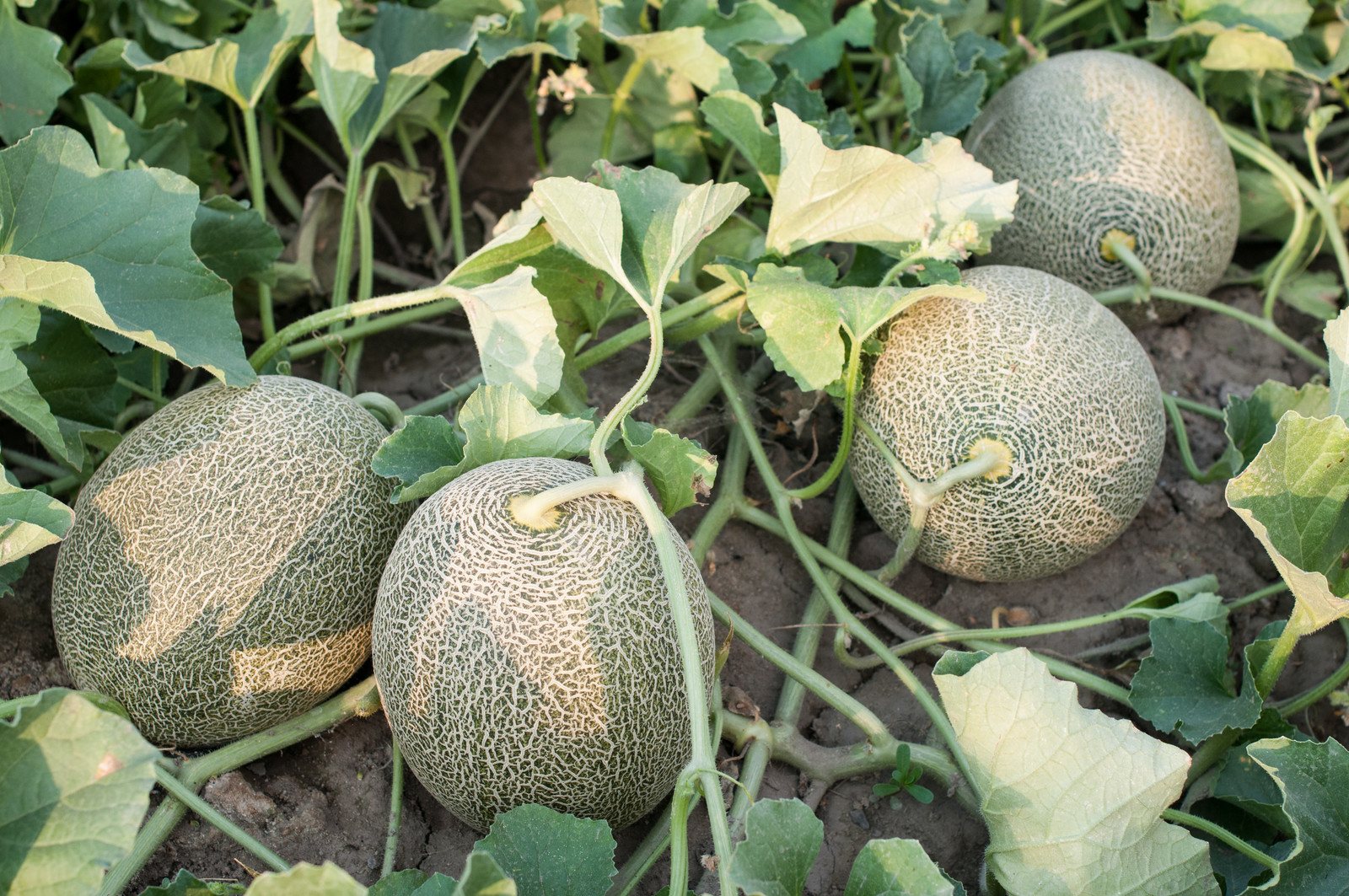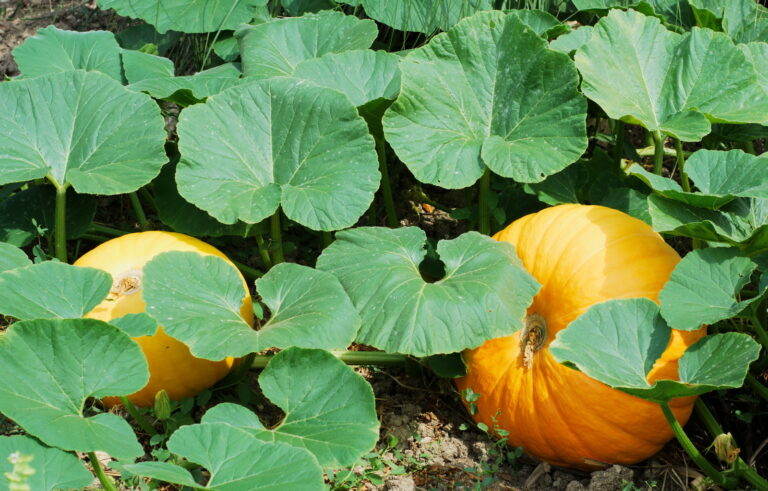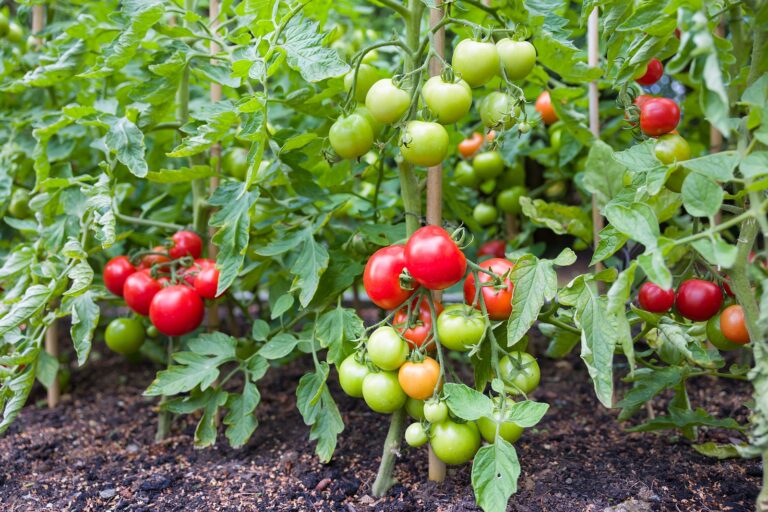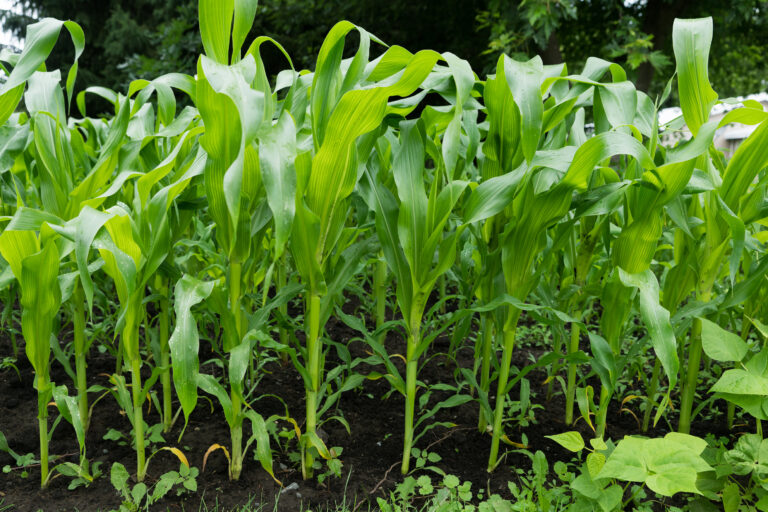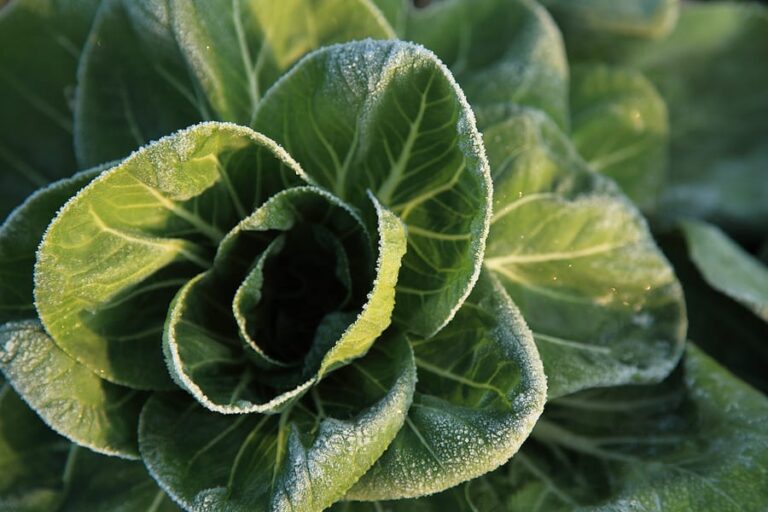Watering and Feeding Melons for Maximum Sweetness
After growing melons for decades in the warm Sonoma Valley climate, I’ve learned that watering and feeding are the keys to growing sweet, juicy melons. These sun-loving fruits thrive with the right balance of moisture and nutrients, and small adjustments in your routine can make a big difference in flavor.
💧 Watering Melons: Timing and Technique
Melons need consistent, deep watering to grow fast and healthy—but there’s a sweet spot, especially once fruits begin to develop.
🟢 From Seedling to Fruit Set:
- Keep soil evenly moist at all times. The top 4 inches should never be dry.
- Water early in the day if you see wilting—especially before noon.
- Use drip irrigation or a soaker hose to keep leaves dry and prevent disease.
- Aim for 1 to 2 inches (2.5–5 cm) of water per week, depending on heat and soil.
🔁 My experience: I water at the base of raised beds or around the mounds, never directly on the crown of the plant. This encourages deep roots and prevents sudden temperature drops in the root zone.
🟡 When Fruit Begins to Develop:
- Reduce water gradually to prevent cracking or watery flavor.
- As fruits grow, continue deep watering—but space it out more.
- Stop watering completely about 7–10 days before harvest. This concentrates sugars and boosts sweetness.
💡 Tip: You can use a moisture meter to check that soil is never bone dry or soggy—melons are picky about extremes.
⚠️ What to Avoid
- No overhead watering – Wet foliage invites fungal diseases like powdery mildew.
- No dry spells followed by sudden soaking – This causes fruit splitting and poor sugar development.
- No heavy watering during ripening – It dilutes the sweetness you’ve worked hard to grow.
🍽️ Feeding Melons: Nutrients for Sweet Success
Melons are heavy feeders and benefit from both rich soil and periodic boosting during the growing season.
🧑🌾 Before Planting
- Work in aged compost or well-rotted manure in the fall or early spring.
- Add a balanced organic fertilizer at planting time to give young plants a good start.
🟢 After Planting and During Growth
- At transplanting or when seedlings are 2 weeks old: Feed with fish emulsion or compost tea.
- At flowering: Feed again to support fruit development.
- Continue feeding every 2 to 3 weeks with:
- Compost tea
- Manure tea
- Diluted fish emulsion
🌿 My go-to mix: 1 part fish emulsion to 10 parts water, applied as a soil drench around the base of each plant.
🧪 Fixing Flat or Tasteless Melons
Flat-tasting melons may signal a micronutrient deficiency, especially magnesium or boron.
Sweetening Spray (For Home Garden Use):
Mix and mist this solution onto the vines during fruit development:
- 6½ tablespoons Epsom salts
- 3½ tablespoons household borax
- Mix into 5 gallons of water
- Use a fine spray mister and apply in the early morning or evening.
This trace nutrient boost can help elevate sweetness and fruit flavor in deficient soils.
✅ Summary Checklist: Watering & Feeding for Sweet Melons
- Water deeply and evenly from seedling to fruit set
- Use drip irrigation or soaker hoses
- Reduce watering as fruit ripens; stop 1 week before harvest
- Feed with compost/fish emulsion every 2–3 weeks
- Use sweetening spray if fruit tastes flat
- Avoid overhead watering and water stress
✅ Melon Fertilizer Checklist for Maximum Sweetness
Before Planting
- Incorporate aged compost into planting beds
▸ Amount: 2–3 inches worked into top 6–8 inches of soil - Add well-rotted manure in fall or early spring
▸ Amount: 1–2 inches layered or mixed in - Apply a balanced organic fertilizer (e.g., 5-5-5 or 10-10-10)
▸ Rate: As directed on package
▸ Method: Broadcast or mix into planting mounds
At Transplanting or Seedling Stage (2 weeks old)
- Apply fish emulsion or compost tea
▸ Rate: 1 part fish emulsion to 10 parts water
▸ Method: Soil drench at plant base
▸ Frequency: Once at transplanting
When First Flowers Appear
- Side-dress with compost tea, manure tea, or organic liquid fertilizer
▸ Rate: 1–2 cups per plant (diluted)
▸ Method: Water around the root zone
▸ Frequency: Every 2–3 weeks during fruit development
Mid-Season Feeding (Fruit Growing)
- Continue biweekly feeding with diluted fish emulsion or compost tea
▸ Rate: As above
▸ Method: Soil drench or foliar spray (early morning only)
▸ Watch for yellowing leaves or slow growth—may signal nutrient deficiency
Optional Sweetening Spray (Flat Fruit)
- Mist plants with a solution of:
▸ 6½ Tbsp Epsom salts
▸ 3½ Tbsp household borax
▸ Mixed into 5 gallons of water
▸ Method: Fine mist on leaves during fruit set (early morning)
▸ Frequency: Once or twice per season if needed
Do Not Fertilize
- Stop all fertilizer applications about 2 weeks before harvest
▸ Reason: Excess nutrients may dilute flavor or delay ripening
My Experience
With the right attention to water and nutrients, your melons can go from good to unforgettable. The combination of even watering early on and drying down before harvest is one of the oldest tricks in the melon grower’s book—and one I swear by every summer.
Melons Overview: The Ultimate Guide to Growing Melons: From Planting to Harvest
Watermelons: How to Grow Watermelons from Seed to Harvest: Ultimate Guide for Sweet, Juicy Success
Related Posts:
Planting & Growing Basics
- When to Plant Melons for the Best Harvest
- Best Soil and Location for Growing Melons
- Planting and Spacing Melons Step-by-Step
- Growing Melons on Mounds and Hills: A Proven Method for Stronger Plants and Sweeter Fruit
Care & Maintenance
- Watering and Feeding Melons for Maximum Sweetness
- Caring for Melons Through the Season: A Practical Guide
- Melon Pollination: How It Works and When to Lend a Hand
- Melon Pests and Diseases: Identification and Control
Space-Saving Techniques
- Melons in Small Spaces: Container Growing Made Easy
- Growing Melons Vertically: Save Space and Boost Harvests
- Trellising Cantaloupes: Why and How
Ripeness & Harvesting
- How to Tell When Melons Are Ripe
- How to Know When Cantaloupes Are Ripe: Slip Stage and Other Signs
- The Gardener’s Guide to Harvesting and Storing Melons for Peak Flavor
Melon Types & Varieties
- Summer Melons vs Winter Melons: Know the Difference
- Growing Gaila, Honeydew, and Crenshaw Melons
- Best Cantaloupe Varieties for Home Gardens
Enjoying the Harvest

